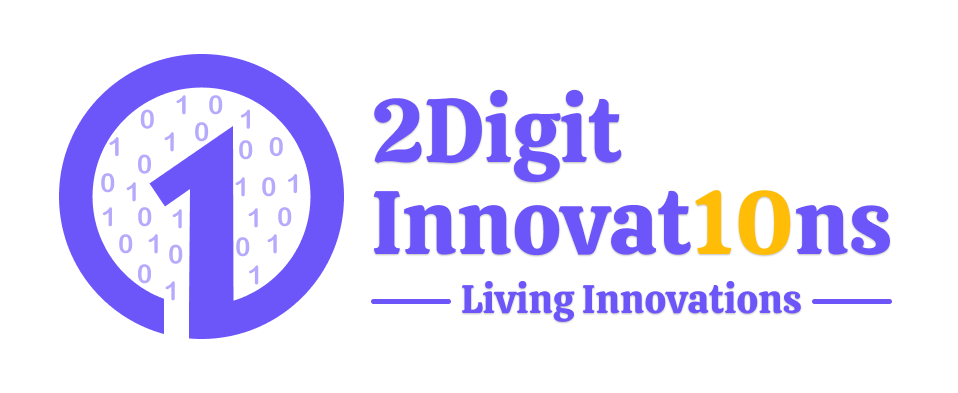How to Keep Your Web or Mobile App's Data Safe
23 Apr 24
How to Keep Your Web or Mobile App's Data Safe
In today's digital age, the security of web and mobile applications is of paramount importance. With cyber threats on the rise, ensuring the safety of your app's data is crucial to protect both your users and your reputation. In this comprehensive guide, we'll explore various strategies and best practices to keep your web or mobile app's data safe. Table of Contents Headings --- -------------------------------------- 1. Introduction 2. Understanding Data Security Risks 3. Implementing Strong Authentication 4. Encrypting Data 5. Securing Network Communications 6. Regular Security Audits 7. Secure Coding Practices 8. Data Backup and Disaster Recovery 9. User Education and Awareness 10. Conclusion 11. FAQs ## Introduction With the increasing reliance on web and mobile apps for various tasks, the amount of sensitive data stored and transmitted through these apps has also grown significantly. From personal information to financial data, ensuring the security and privacy of this data is crucial to maintaining user trust and compliance with regulations. ## 1. Understanding Data Security Risks Before implementing security measures, it's essential to understand the potential risks your app may face. Common risks include unauthorized access, data breaches, malware attacks, and insider threats. Conducting a thorough risk assessment will help identify vulnerabilities and prioritize security measures. ### Subheading: Identifying Sensitive Data Start by identifying the types of data your app collects and processes, such as user credentials, payment information, and personal details. Classify this data based on its sensitivity and potential impact if compromised. ## 2. Implementing Strong Authentication Implementing strong authentication mechanisms is essential to prevent unauthorized access to your app's data. Utilize multi-factor authentication (MFA) methods such as passwords, biometrics, and one-time passwords to enhance security. ### Subheading: Password Policies Enforce strict password policies, including minimum length, complexity requirements, and periodic password changes, to mitigate the risk of password-related attacks such as brute force and dictionary attacks. ## 3. Encrypting Data Encrypting data both at rest and in transit is critical to protect it from unauthorized access. Utilize strong encryption algorithms and protocols to safeguard sensitive information from interception and tampering. ### Subheading: End-to-End Encryption Implement end-to-end encryption to ensure that data remains encrypted throughout its entire lifecycle, from the moment it's captured to when it's stored and transmitted. ## 4. Securing Network Communications Securing network communications is vital to prevent eavesdropping and man-in-the-middle attacks. Utilize secure communication protocols such as HTTPS/TLS to encrypt data transmitted between the client and server. ### Subheading: Secure Socket Layer (SSL) Certificates Obtain and configure SSL certificates to enable secure communication over the internet and establish trust between your app and its users. ## 5. Regular Security Audits Conducting regular security audits and assessments helps identify vulnerabilities and weaknesses in your app's security posture. Perform penetration testing, code reviews, and vulnerability scans to proactively identify and address security issues. ### Subheading: Vulnerability Management Implement a vulnerability management program to track and remediate security vulnerabilities in a timely manner, reducing the risk of exploitation by attackers. ## 6. Secure Coding Practices Adopting secure coding practices is essential to minimize the risk of introducing security vulnerabilities during the development process. Follow industry best practices and guidelines to write secure and resilient code. ### Subheading: Input Validation Implement robust input validation mechanisms to prevent common security vulnerabilities such as SQL injection, cross-site scripting (XSS), and command injection attacks. ## 7. Data Backup and Disaster Recovery Implementing robust data backup and disaster recovery processes is crucial to ensure data availability and integrity in the event of a breach or data loss incident. Regularly back up your app's data and test your disaster recovery plan to verify its effectiveness. ### Subheading: Offsite Backup Store backups in secure, offsite locations to protect against physical disasters such as fires, floods, and theft. ## 8. User Education and Awareness Educating users about security best practices and potential risks is essential to empower them to protect their data. Provide user training and awareness programs to educate users about phishing scams, password hygiene, and other security threats. ### Subheading: Security Alerts and Notifications Implement security alerts and notifications to inform users about suspicious activities, account compromises, and other security-related events. ## Conclusion Protecting your web or mobile app's data requires a multi-layered approach that encompasses technical controls, secure coding practices, user education, and proactive risk management. By implementing the strategies outlined in this guide, you can strengthen the security posture of your app and safeguard sensitive data from cyber threats. ## FAQs ### How can I protect my app from data breaches? Protecting your app from data breaches requires implementing strong authentication mechanisms, encrypting sensitive data, securing network communications, conducting regular security audits, and educating users about security best practices. ### What are the common security threats to web and mobile apps? Common security threats to web and mobile apps include unauthorized access, data breaches, malware attacks, phishing scams, and insider threats. ### Is end-to-end encryption necessary for my app? End-to-end encryption is essential for apps that handle sensitive or confidential information, such as personal details, financial data, and healthcare records. It ensures that data remains encrypted and secure throughout its entire lifecycle. ### How often should I conduct security audits for my app? It's recommended to conduct security audits for your app regularly, at least annually or whenever significant changes are made to the app's architecture, functionality, or infrastructure. ### What should I do if my app experiences a security incident? If your app experiences a security incident, act swiftly to contain the breach, mitigate the impact, and notify affected users. Follow your incident response plan and cooperate with relevant authorities to investigate the incident and prevent future occurrences.


CALL
Ready to Work Together In New Projects ?
Services
App Development
Web App Development
Digital Marketing
UI And UX Designing
Custom Mobile And Web Development
Free Tools
Quick Links
Our Apps
Find us on Clutch
Privacy & Policy
Shipping & Delivery Policy
Return & Refund Policy
Terms & Condition
FAQs
Legal
Contact
Hyde Park Crown First Floor, FF-14-21 Plot No GH-03 Sector-78, Noida, Uttar Pradesh 201306
info@2digitinnovations.com
+91 7814042409
